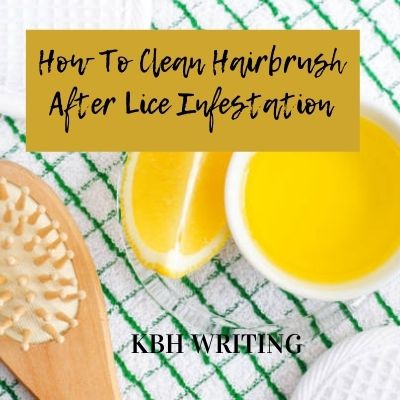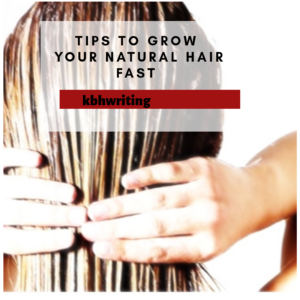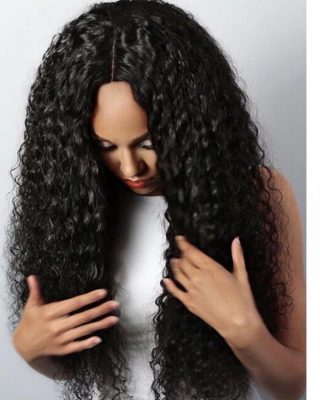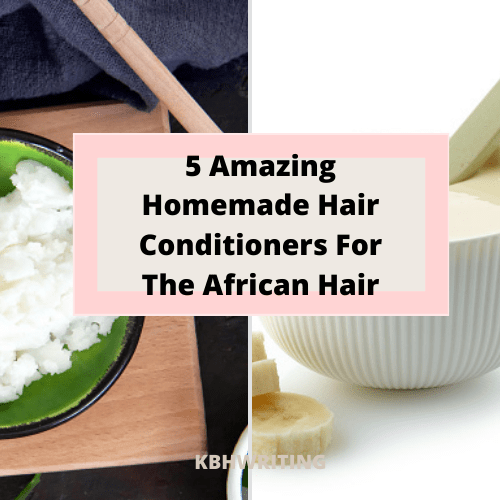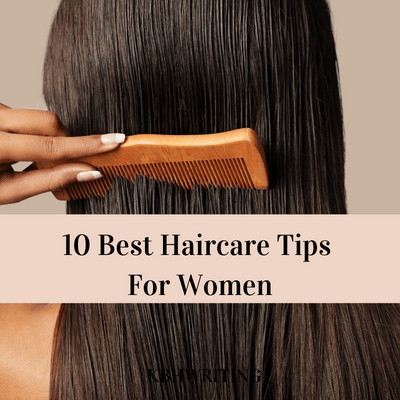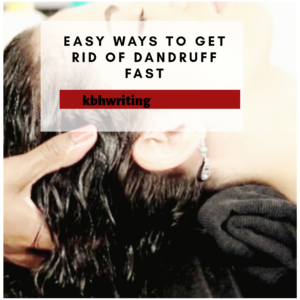Lice are awful little critters that are particularly unpleasant and irritating to deal with, especially if you have children who are constantly sharing and putting their hairbrushes into other people’s hair or combs.
Unfortunately, we can’t just throw out our hairbrushes and start over every time we get hair lice; instead, we need to know how to clean them. how to clean hairbrush after lice Infestation using several different methods that will ensure the pests will be eliminated once and for all! The Ultimate Guide To Getting Rid Of Lice From Your Hairbrush.
What are lice?
A louse, commonly known as a louse or body louse, is an insect that is parasitic to humans and other warm-blooded hosts. Human head lice are a type of scalp parasite. They are transferred primarily by direct contact with infected persons through sharing personal items such as combs, brushes, and hats.
This results in itching and scratching which can lead to secondary infections. In most cases, infestation causes no symptoms other than itching (which can be quite severe), but heavy infestations may result in anemia due to blood loss from scratching.
Rarely, untreated head lice can spread diseases such as typhus or relapsing fever if they are carried back and forth between hosts by shared combs or hairbrushes.
How do you get lice?
You can get lice through direct contact with someone who has them. This can happen when you share clothing, bedding, hairbrushes or combs, or even toiletries like toothbrushes. It’s most common among children who play together and live in close quarters, such as daycare centers and schools.
Kids aren’t necessarily more likely than adults to get lice, but they tend to play with their hair more often and are more likely to be in contact with others who have it.
Although these critters don’t discriminate based on race, gender, or socioeconomic status, some studies suggest that Irish-American kids may be at a slightly higher risk for infestation. That said, lice can affect anyone — regardless of age, gender, ethnicity, or socioeconomic status.
What do they look like?
Lice are tiny, wingless insects that feed on human blood. Female lice lay their eggs (called nits) on hair shafts—usually at the base of a strand, where it’s harder to spot. It’s possible for an infestation to occur even if your child is in school or sports activities; these activities only move around nits, they don’t kill them off.
There are three different types of lice: head lice (Pediculus humanus capitis), body louse (Pediculus humanus corporis), and pubic louse (Pthirus pubis). The most common type of head louse is grayish-white in color and has six legs
How do you know if you have them?
Head lice are tiny parasites that, as their name suggests, attach themselves to your scalp. If you have nits, they will appear as tiny white eggs attached close to your hair shaft. You may also notice that your child is scratching a lot. Head lice are highly contagious and can be spread through direct head-to-head contact, or by sharing hats and combs.
Why is it important to clean your hairbrush?
It’s a bit gross to think about, but lice and other bugs can live in your hairbrush, where they breed and multiply. Even worse: They’re often difficult to see—and hard to get rid of! Cleaning out your brush on a regular basis is one key step in preventing lice infestations. Here’s how;
how to clean hairbrush after lice Infestation
How do you clean your hairbrush?
- First and foremost, it’s important to know how long you can let a hairbrush stay dirty. According to Redbook, most brushes will be fine for about two months between washings—as long as they don’t have any hair product residue on them.
- If you use styling products regularly, it may be more important to keep your brush clean. Here are some ways you can clean your styling hairbrushes. Second, take out all bristles that come out easily with a tweezer or small-tooth comb.
- A little Vaseline or petroleum jelly rubbed on these bristles can help loosen them up even more so that they come out easier.
- Next, soak your hairbrush in warm water with shampoo for five minutes. You could also run it through a cycle in your washing machine if you like.
- Once clean, squeeze out excess water and hang upside down to dry. The next time you want to use your brush, start by running it under lukewarm water and then apply conditioner before brushing through wet hair. This is an easy way to get rid of lice without harsh chemicals.
How to sanitize hair brushes after lice
Add 1 tablespoon of dish detergent, 1/2 cup of strong antiseptic savlon Dettol, 1 tablespoon of vinegar. The vinegar and Dettol kill any bacteria and germs in minutes. Allow sitting for one hour or overnight. Rinse each brush under running water to remove dirt build-up and residual germs.
Tips for preventing lice infestation in the future
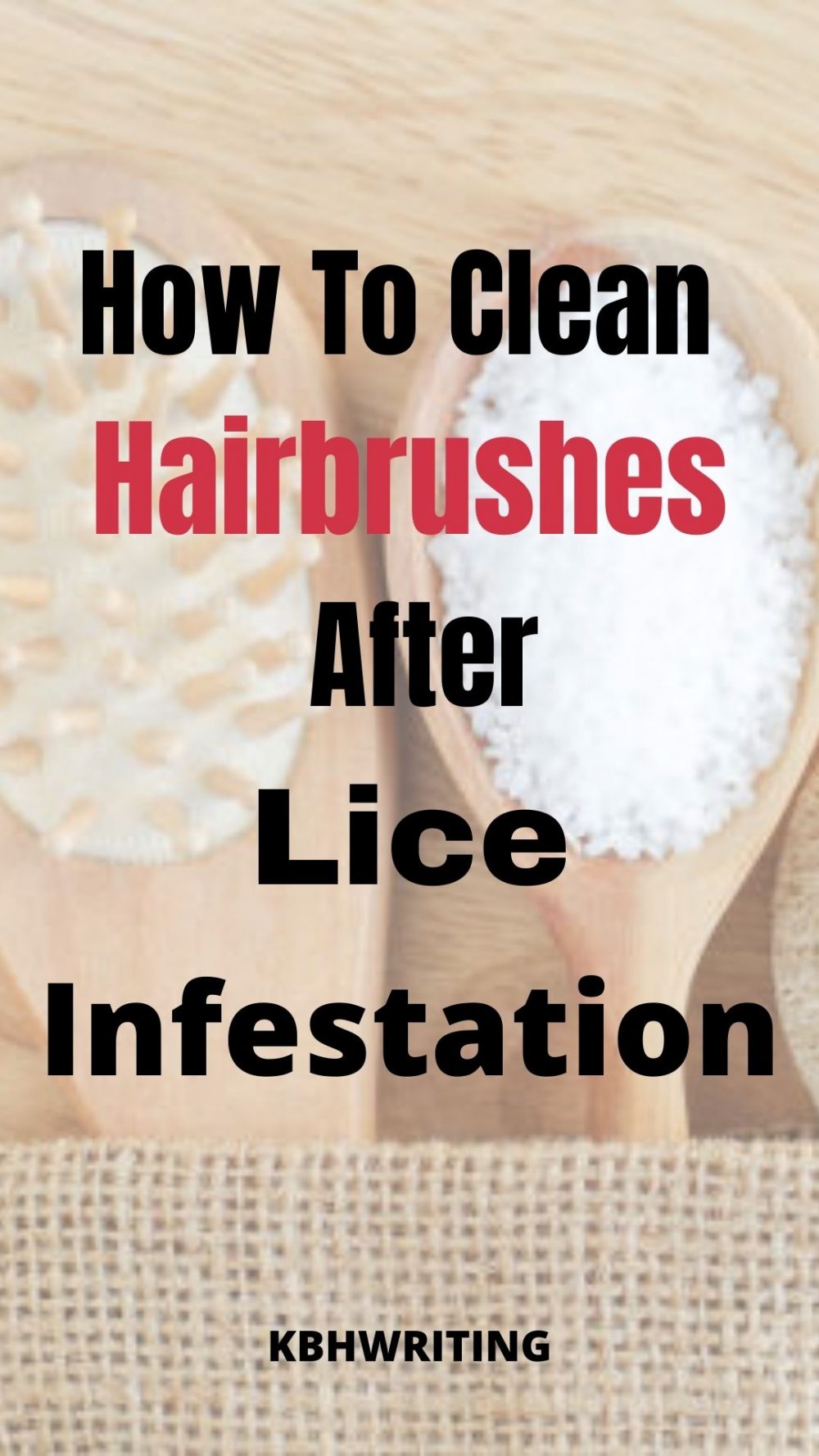
Clean your hairbrush on a regular basis, but don’t forget to clean underneath its bristles. You should also wash your hairbrush after every time you use it. Examine all family members’ heads for nits and lice before going to bed at night, and wash any clothing or sheets that have come into contact with their hair.
Finally, make sure everyone in your household is using an anti-lice shampoo; some are available over-the-counter while others require a prescription.
Use anti-lice shampoos
A common ingredient in most lice shampoos is pyrethrins, which come from chrysanthemums. There are two active ingredients in these insecticides, one that paralyzes and another that kills.
The shampoo typically contains a lower concentration of these chemicals than what’s used on chrysanthemum flowers, and therefore poses a smaller health risk to humans—however, it’s important to check with your doctor before using any chemical that could potentially cause skin irritation.
Now you know How To Clean Hairbrush After Lice Infestation.
.
